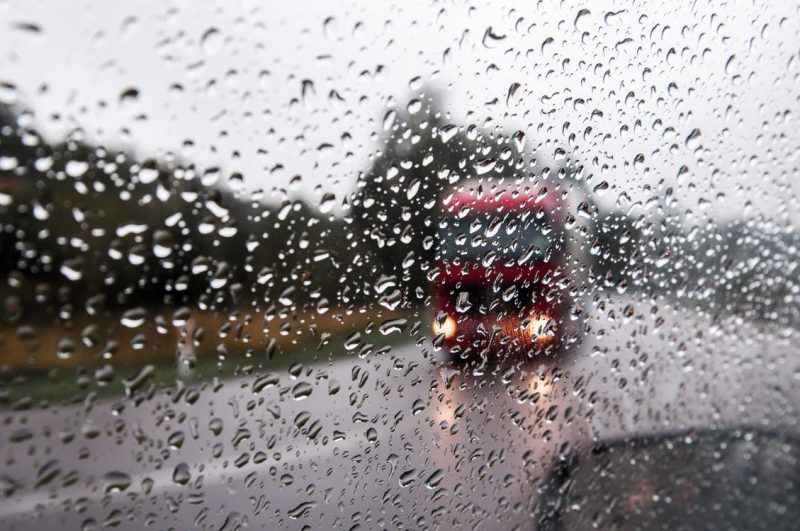
A “phantom vehicle” incident is something we don’t come across every day. Generally, when there’s an accident, fault can be determined by factors like speed, blood alcohol content, right-of-way, and drivers not staying in their lanes. When another driver hits you, police have a pretty good idea where to look for information. The problem with phantom vehicles and the accidents they cause is there’s not a wealth of evidence for police to look at. Essentially, a phantom vehicle is one that has had no direct collision with your vehicle, but caused you to get in an accident anyway.
Table of Contents
Imagine This
Imagine you’re driving down the freeway late at night. Few cars are on the road and it has been snowing —it’s just the slightest bit slippery under your tires. You’re driving under the speed limit, but maybe just a little faster than you know you should.
A dark, newer-model sedan is just in front of you and in the lane to your left. No worries. You’re an experienced driver and as long as you keep your distance and pay attention you’ll be home in no time.
As you approach your exit, the driver of the dark sedan veers to the right, directly in front of you. You brake and swerve to keep from hitting the car and successfully avoid it, only to continue spinning directly into the guard rail.
You’re hurt. You’re not sure how badly, so you try not to move. It’s getting colder, but just a few minutes go by and you start to hear sirens and and see flashing lights approach. You’re quickly carried out of your car and into a waiting ambulance.
You find out along the way that you have fairly minor injuries. A broken arm and a concussion perhaps—light compared to what it could have been.
The Adjustor
In the hospital, an officer comes to take your information. You tell him about the dark sedan, and he writes everything down. A while later, your insurance adjuster pays a visit and says that the insurance company has determined that if there’s no proof of another car; you’re at fault.
The only way to prove to the insurance company that you weren’t at fault is another eyewitness or some other proof that the car was there and you did swerve to miss it.
Based on your uninsured motorist policy, the insurance company will only pay the state mandated minimum—enough to pay for your medical bills, but not your car.
Luckily this is a hypothetical situation. Hopefully this hasn’t happened to you, but similar things have happened. If a witness can be found or some other form of proof, the accident is treated as a hit and run. and you wouldn’t be found at fault.
Your Coverage
We can’t stress enough that you need to purchase the correct amount of insurance for yourself and your family.
Having the correct coverage is vital to your accident claim. With the correct amount of coverage the insurance company can be forced to pay what you deserve.
If you’ve been in a hit and run or a phantom vehicle accident, please call us at (801)506-0800. It’s the insurance adjuster’s job to pay you as little as possible for your accident. Our job is to get you the money you deserve so that you can move on with your life.
Photo courtesy of Pexels
